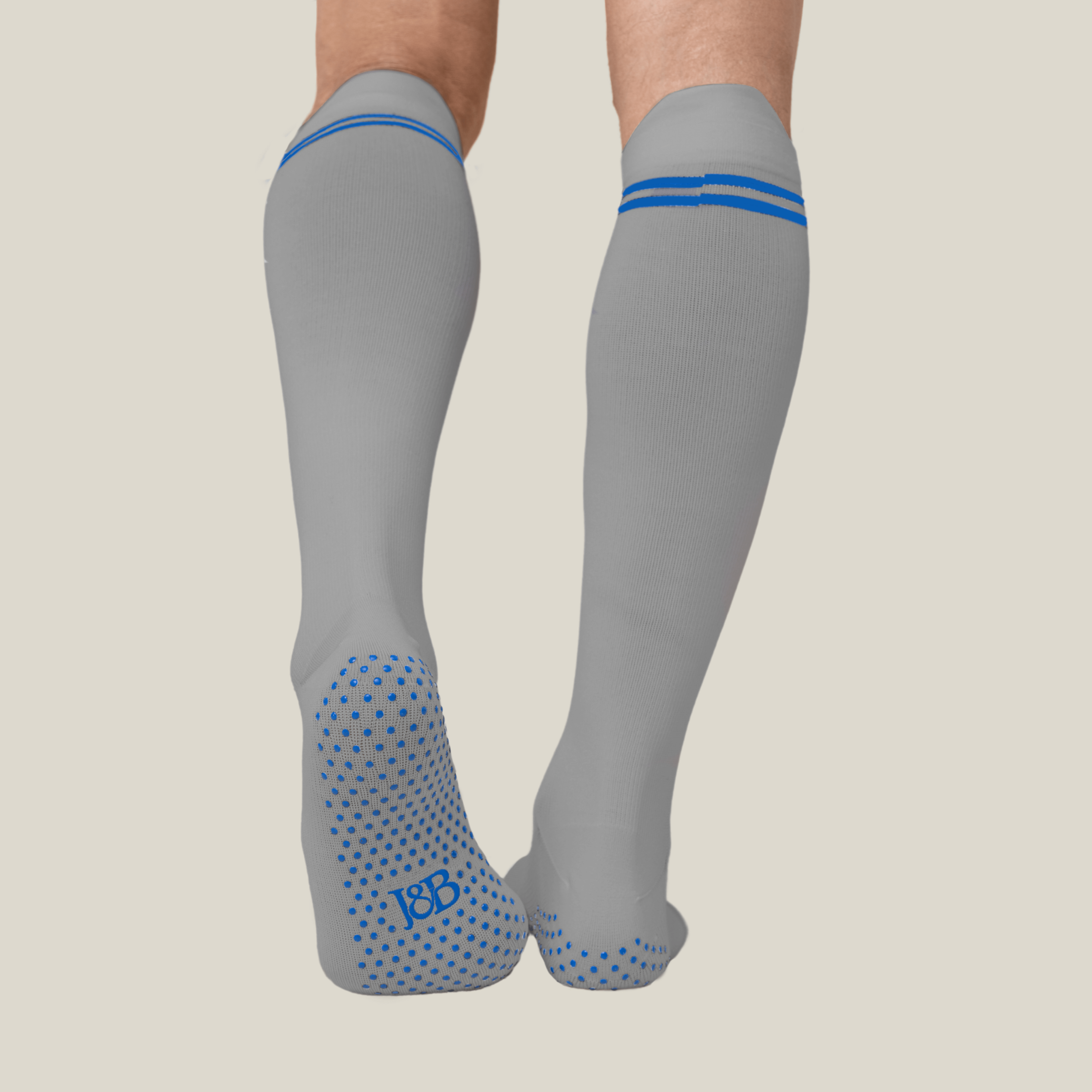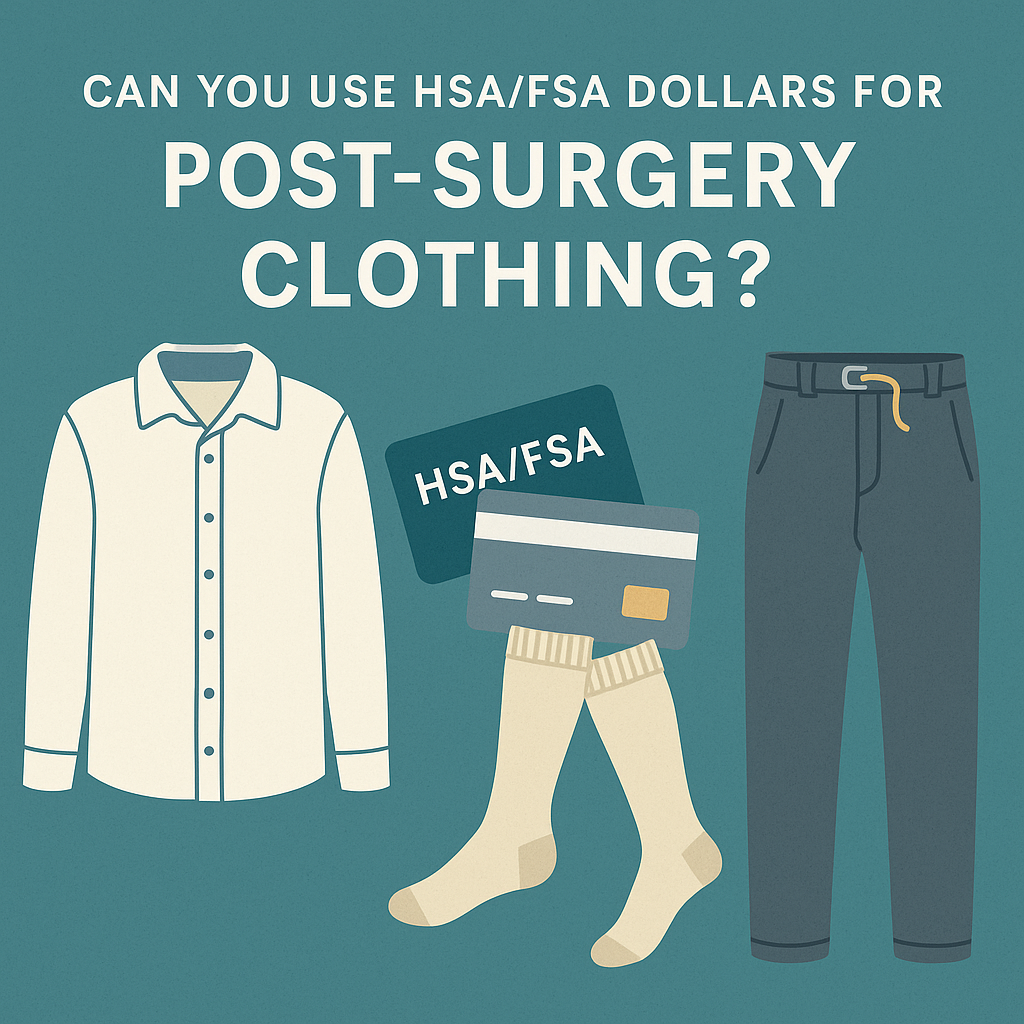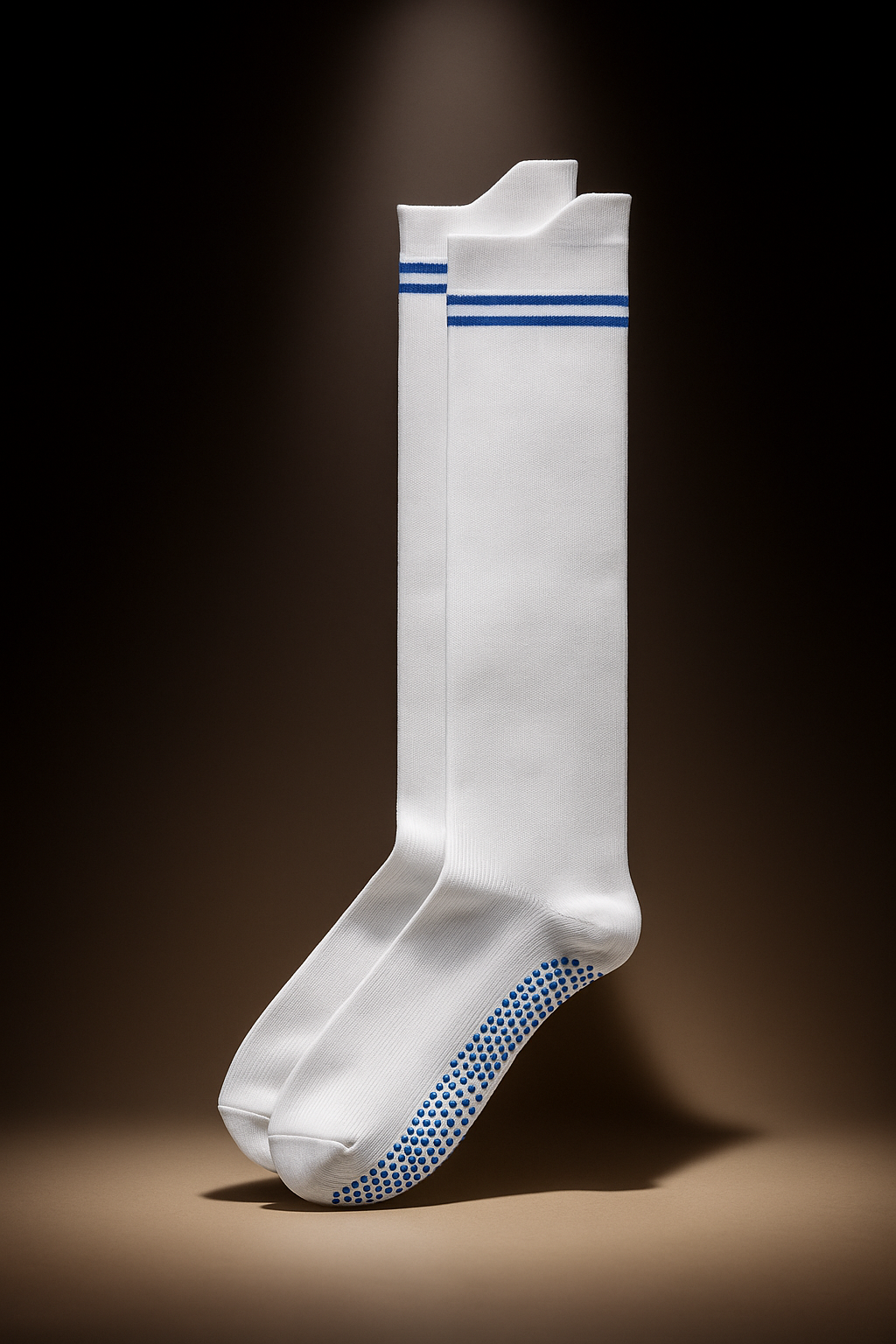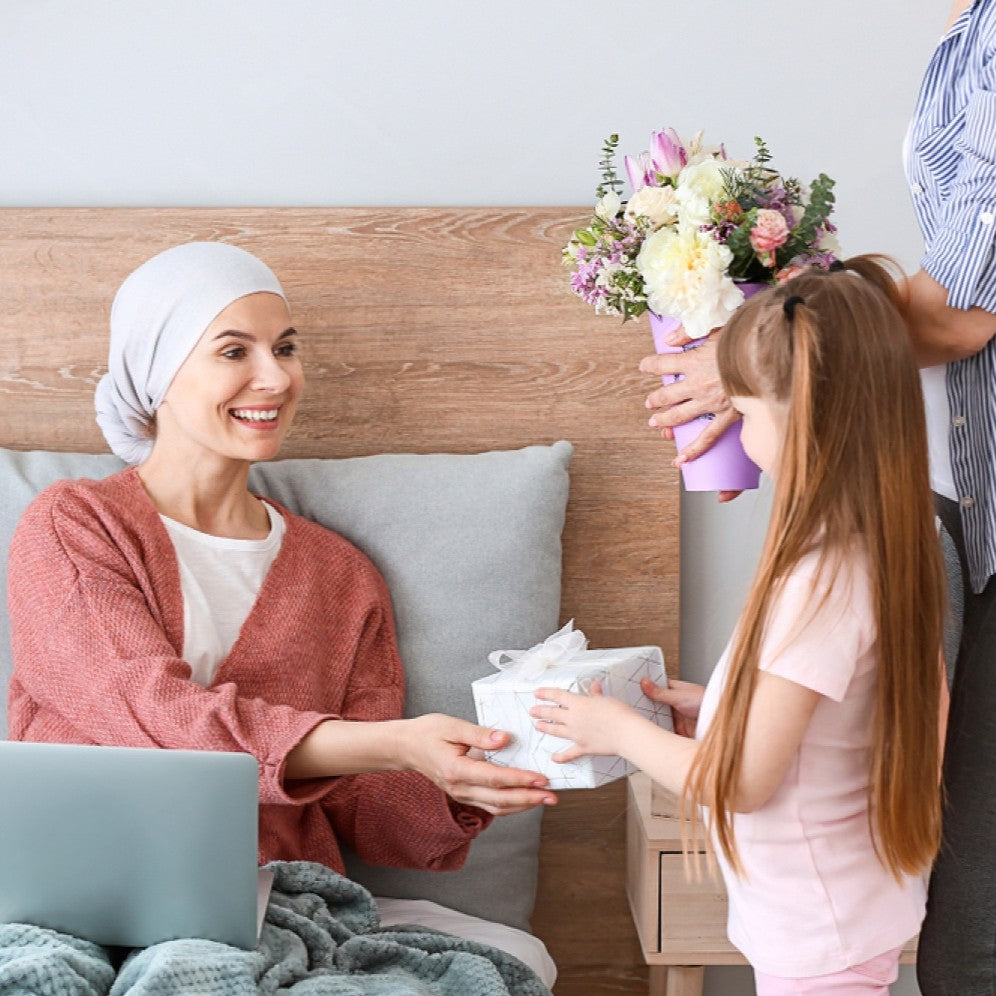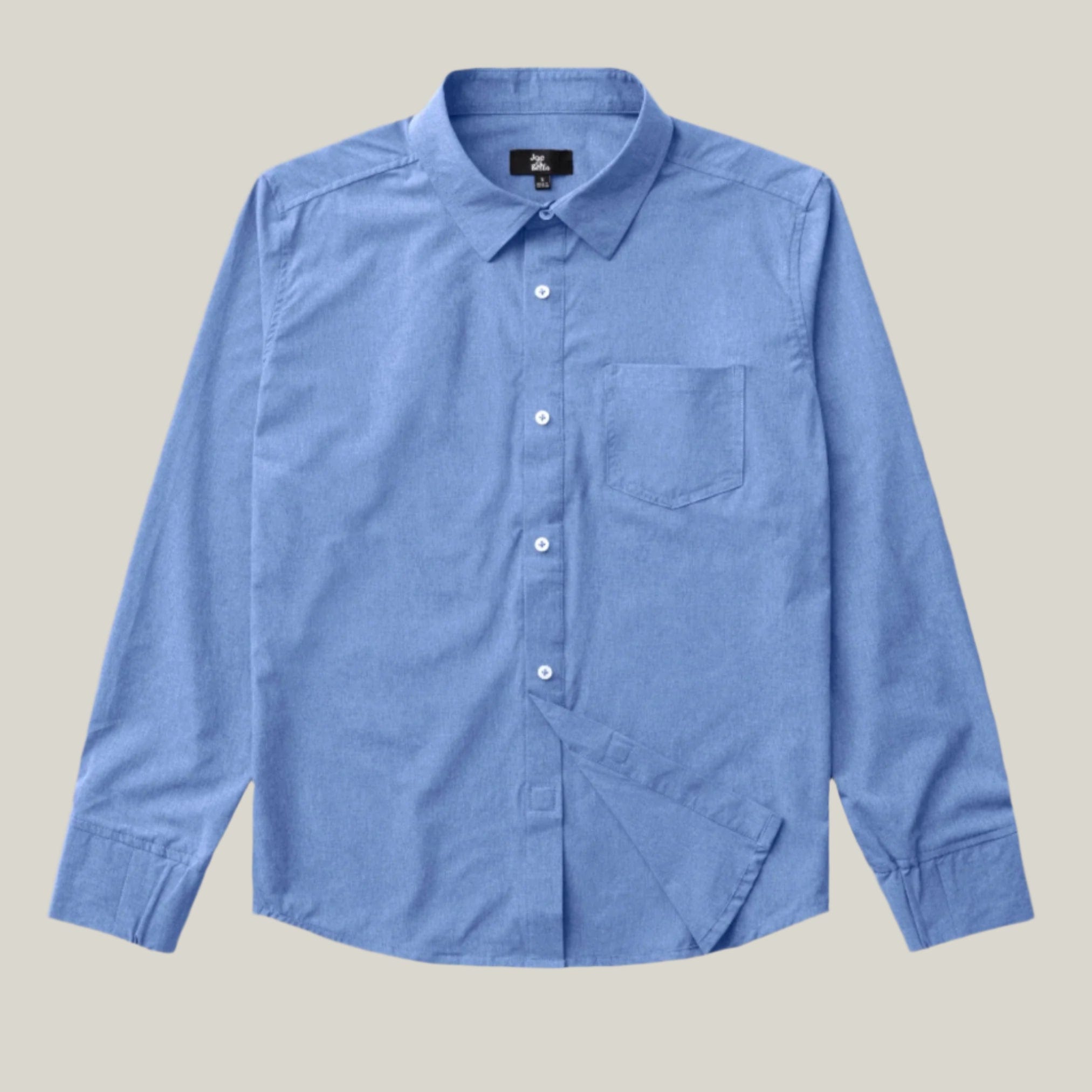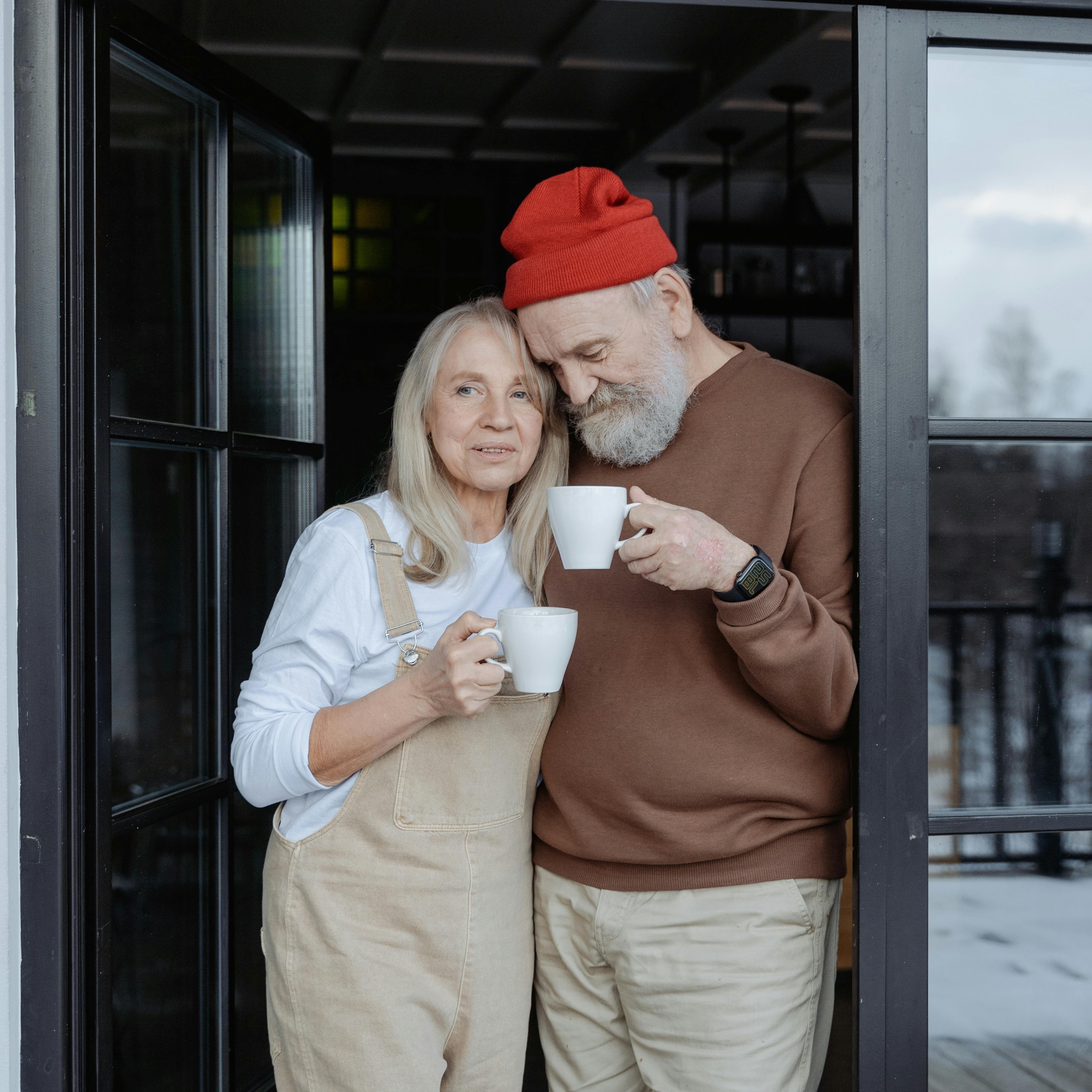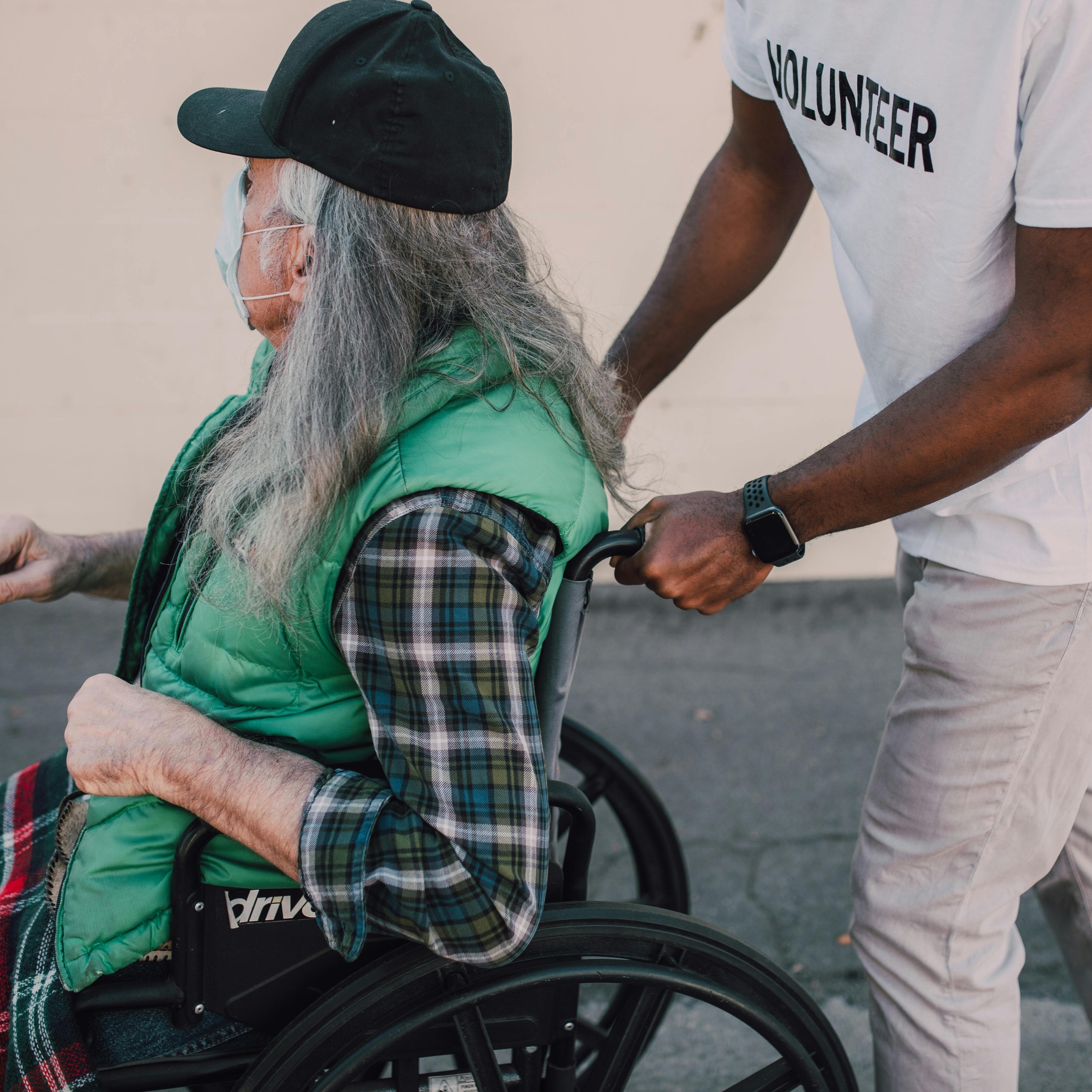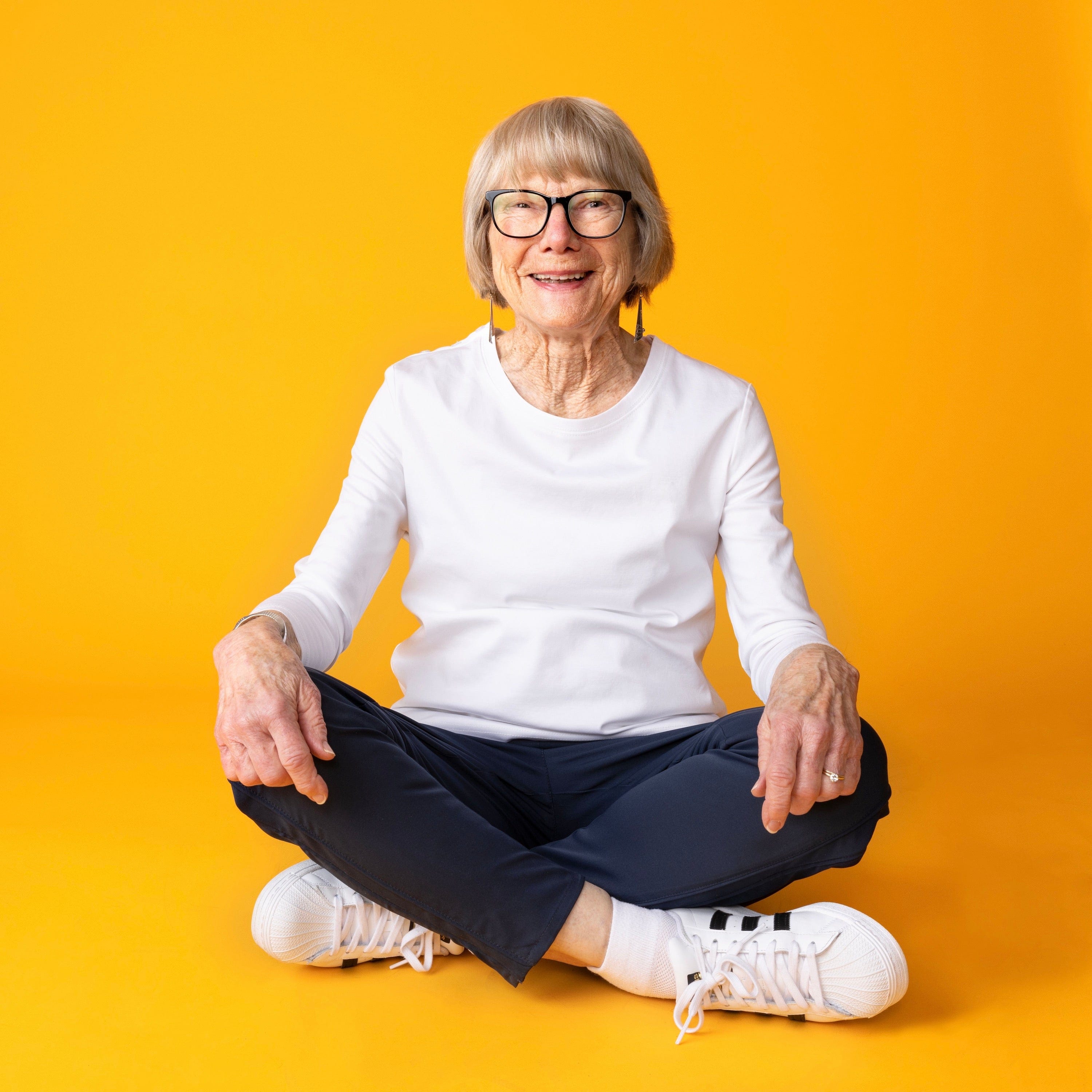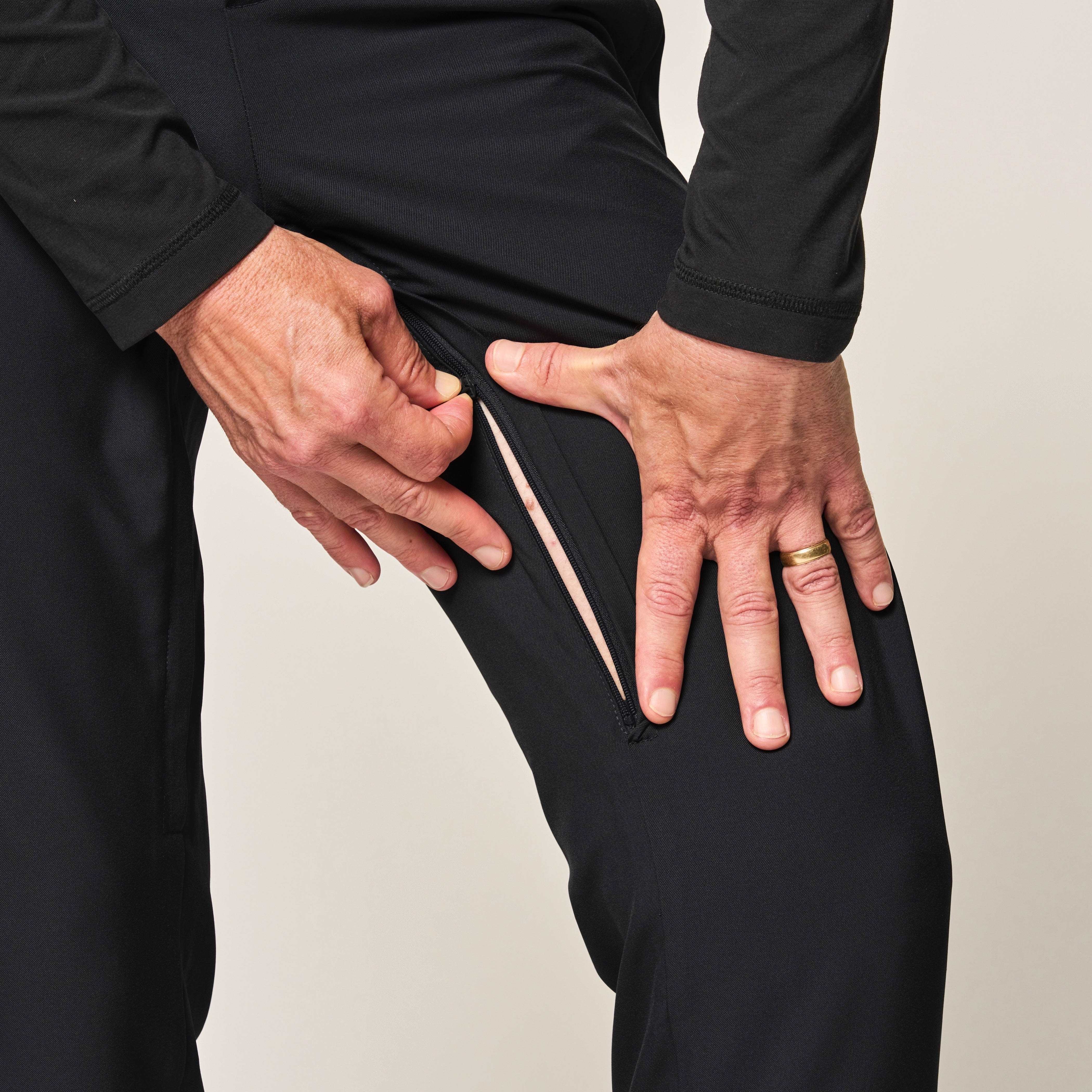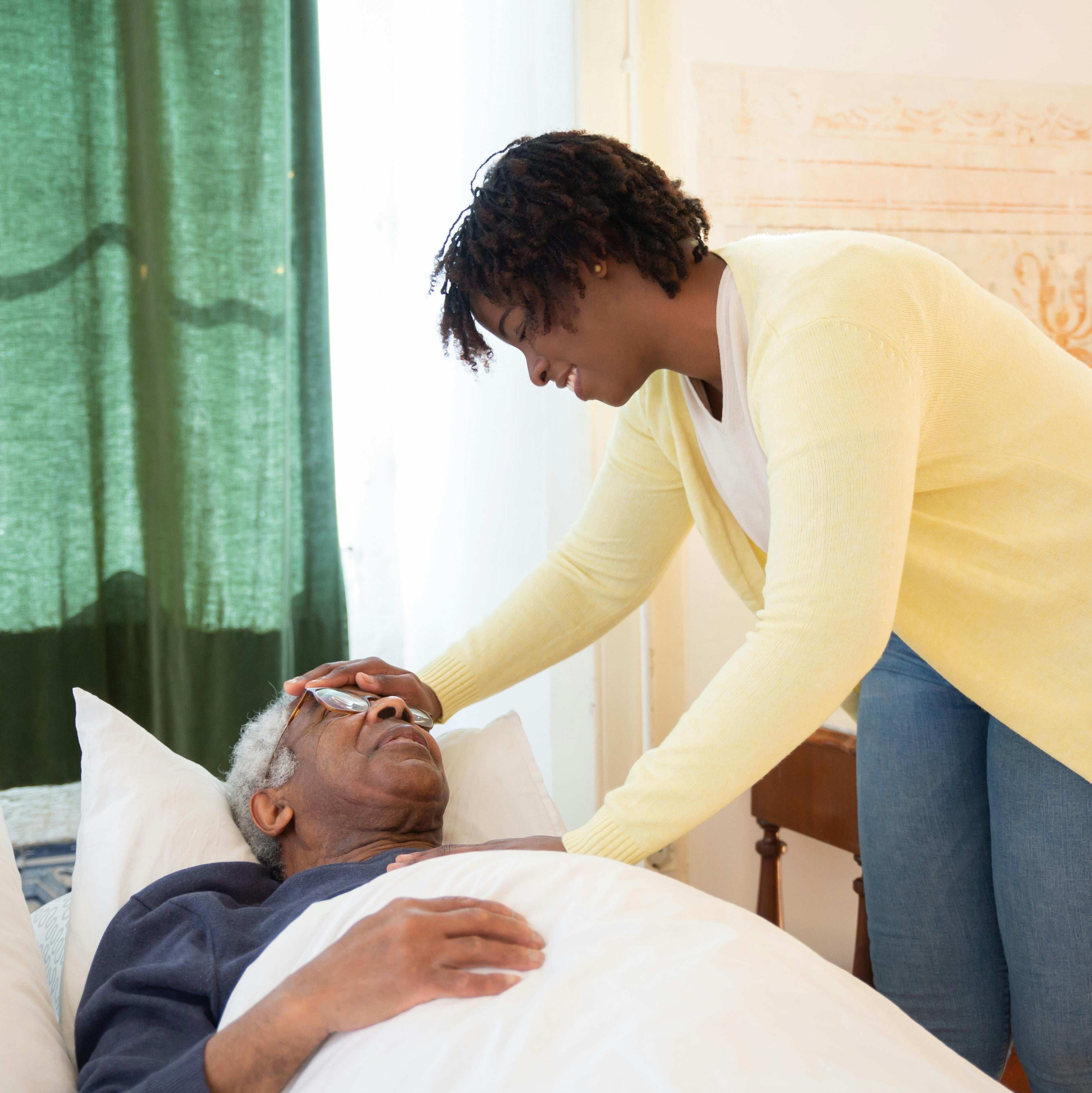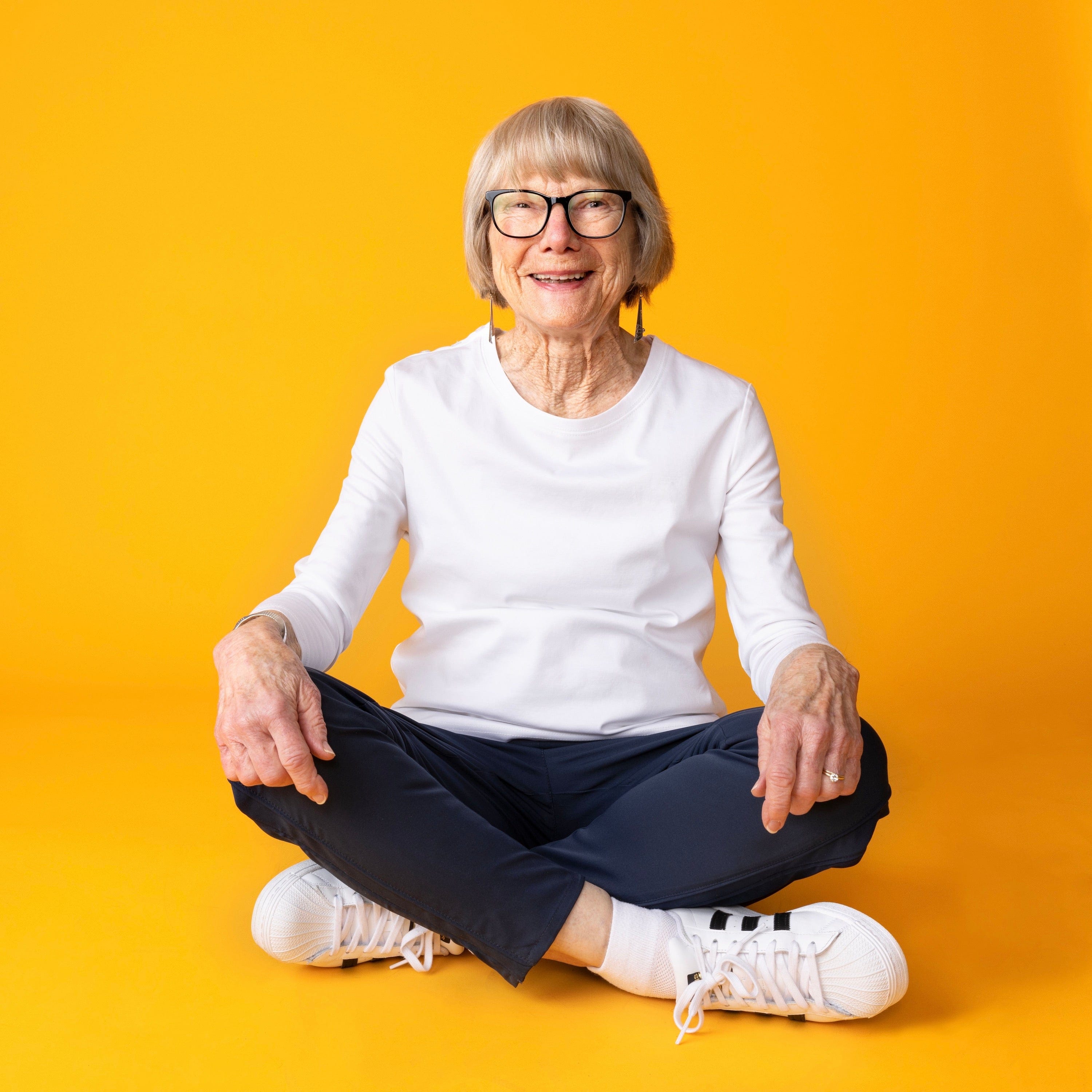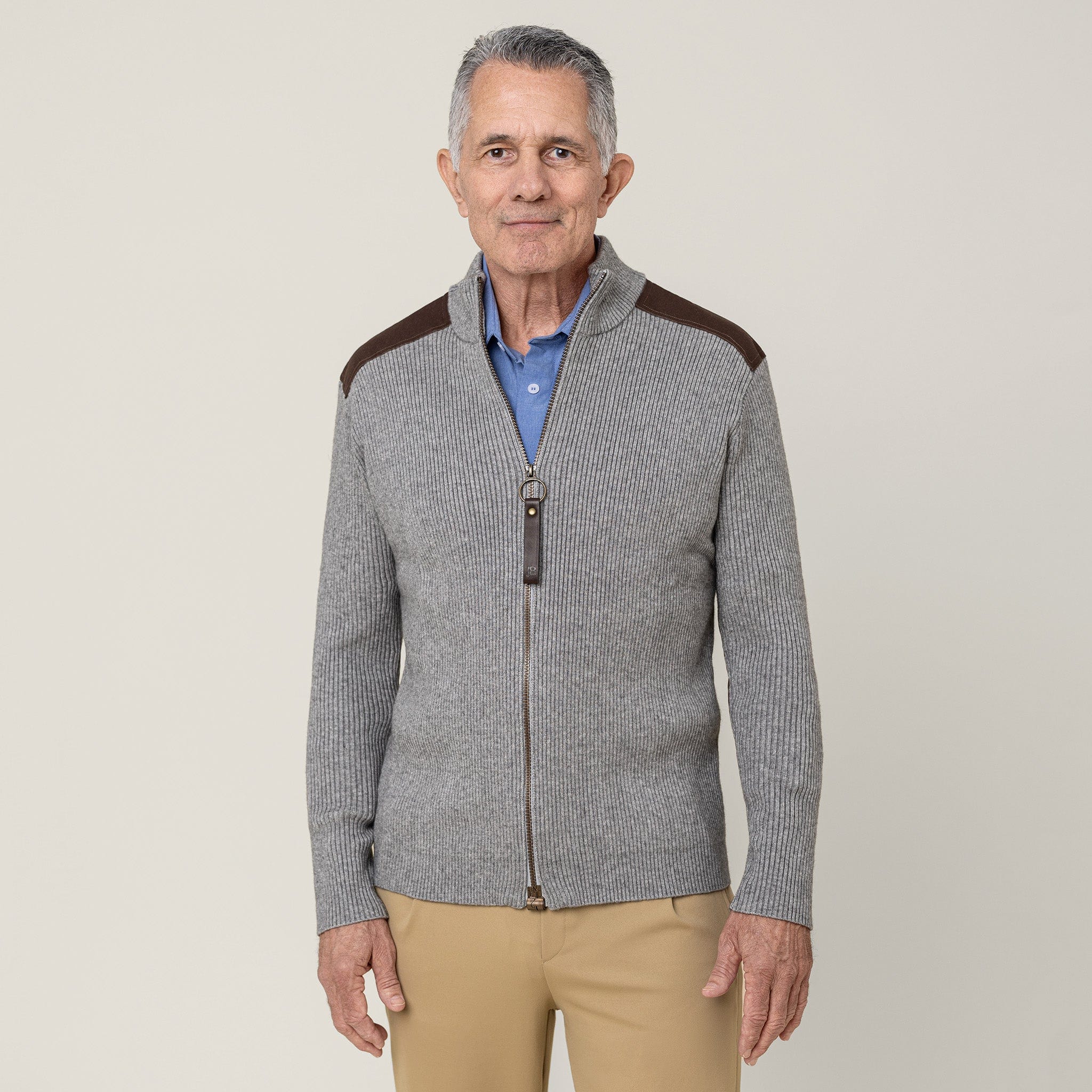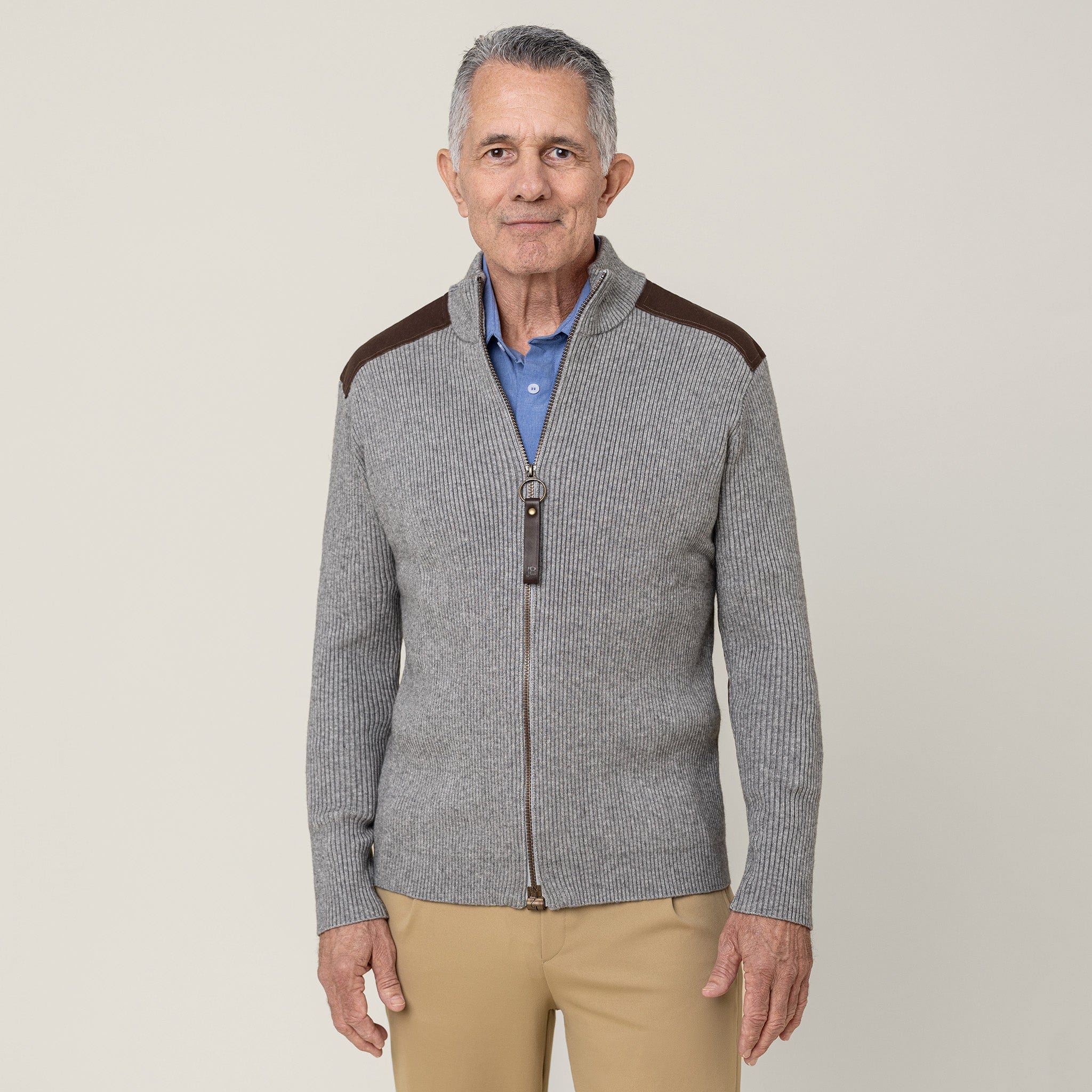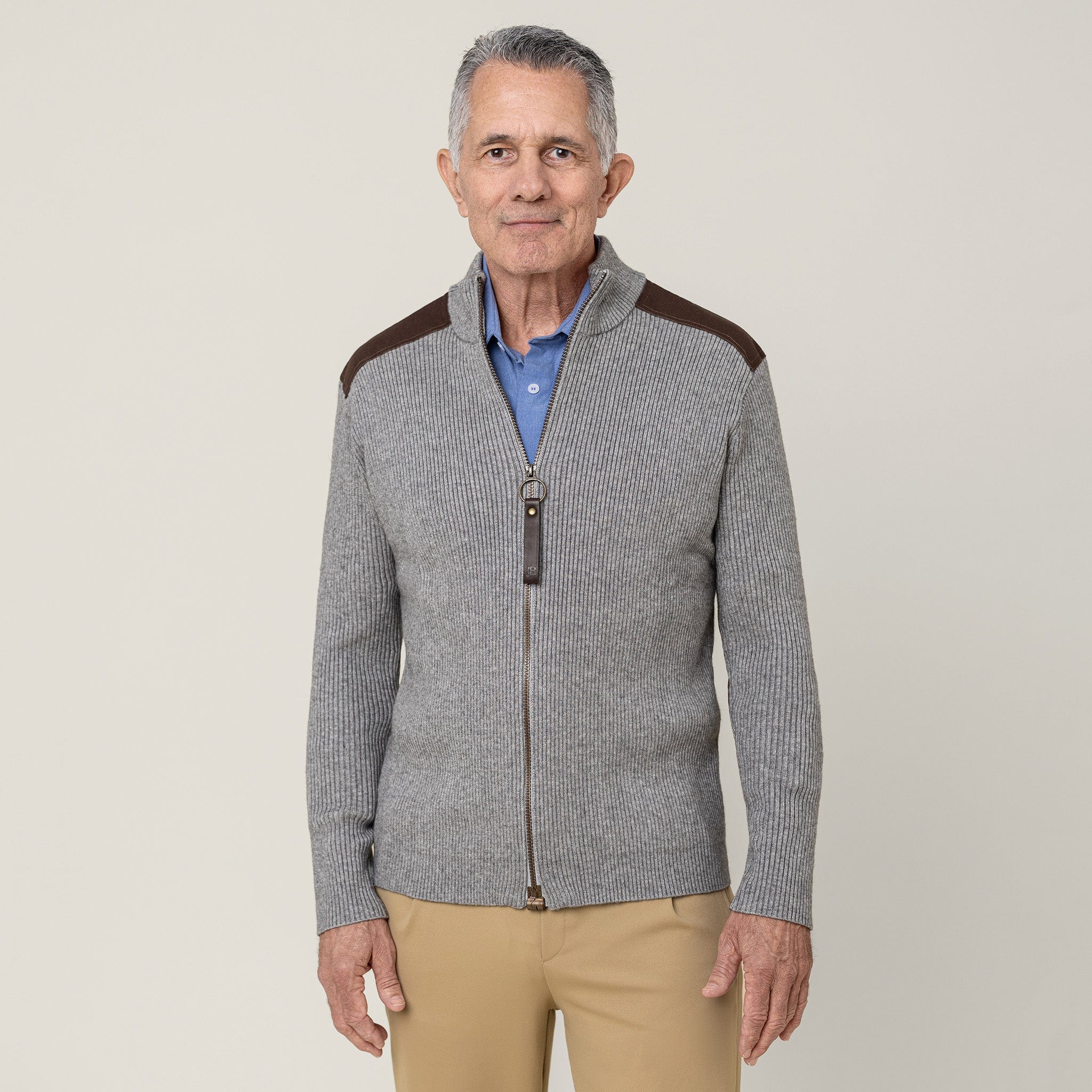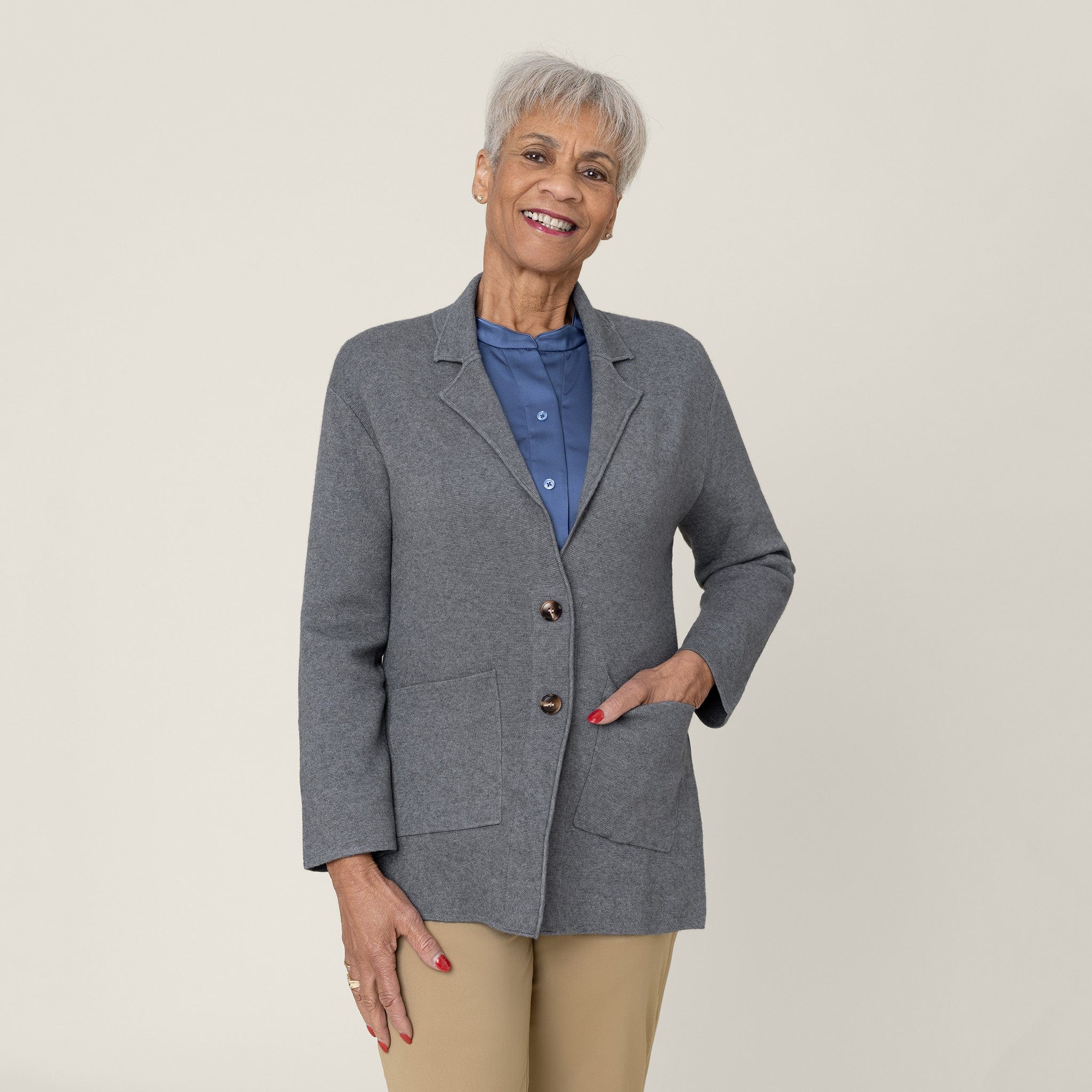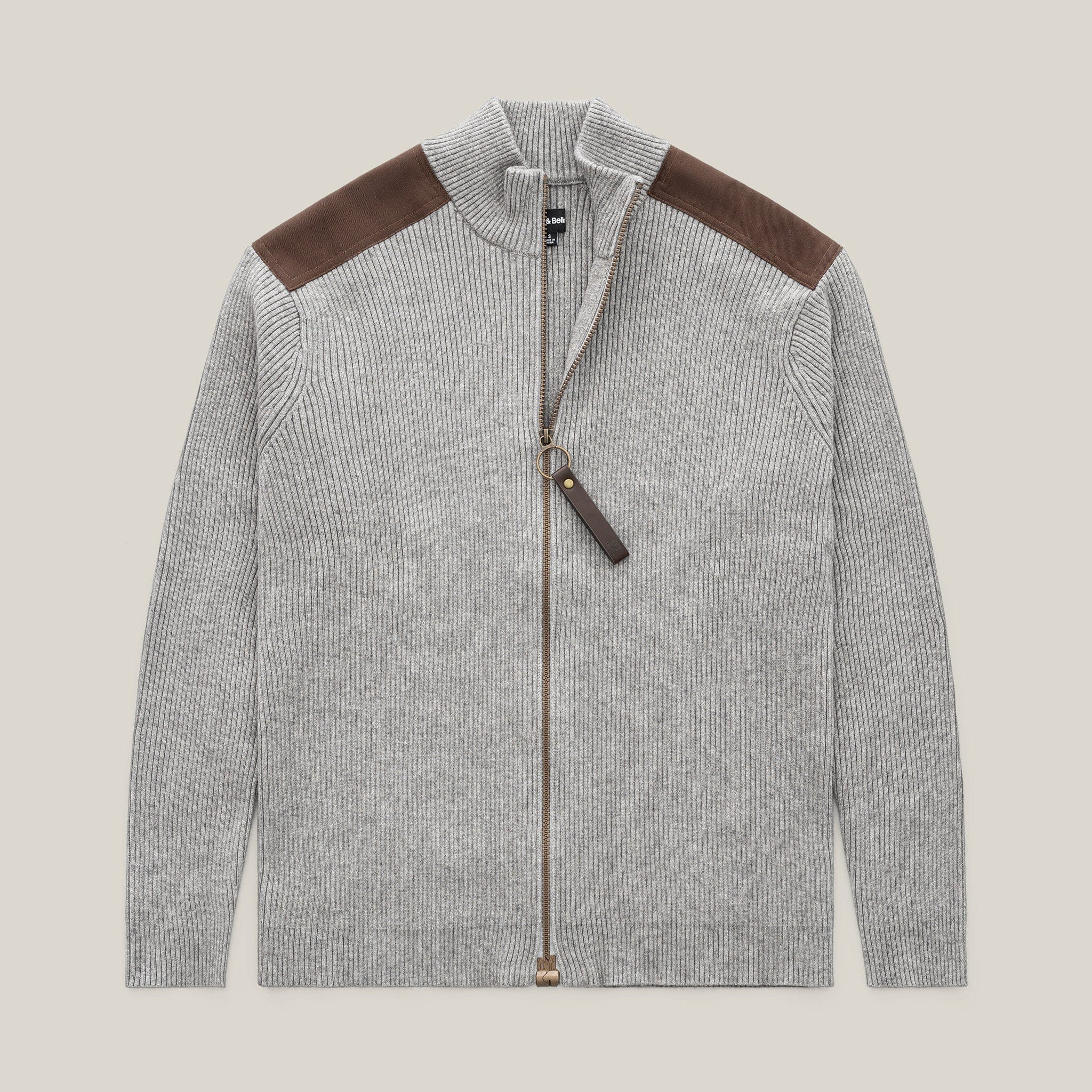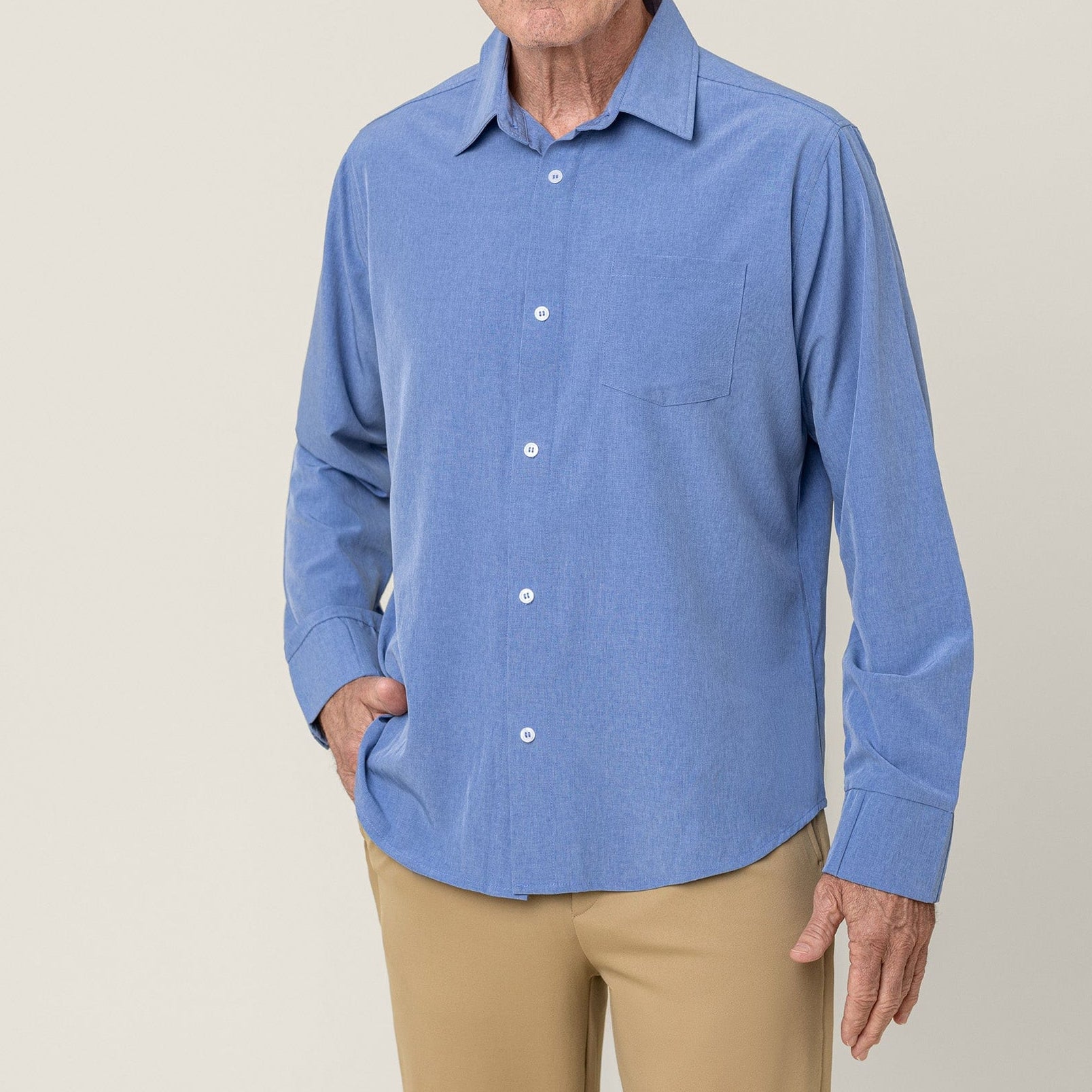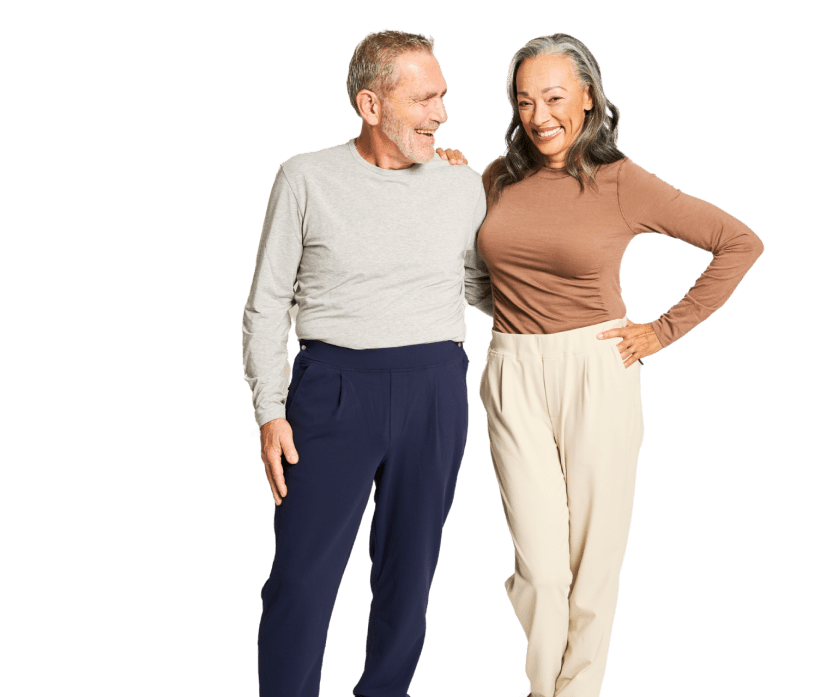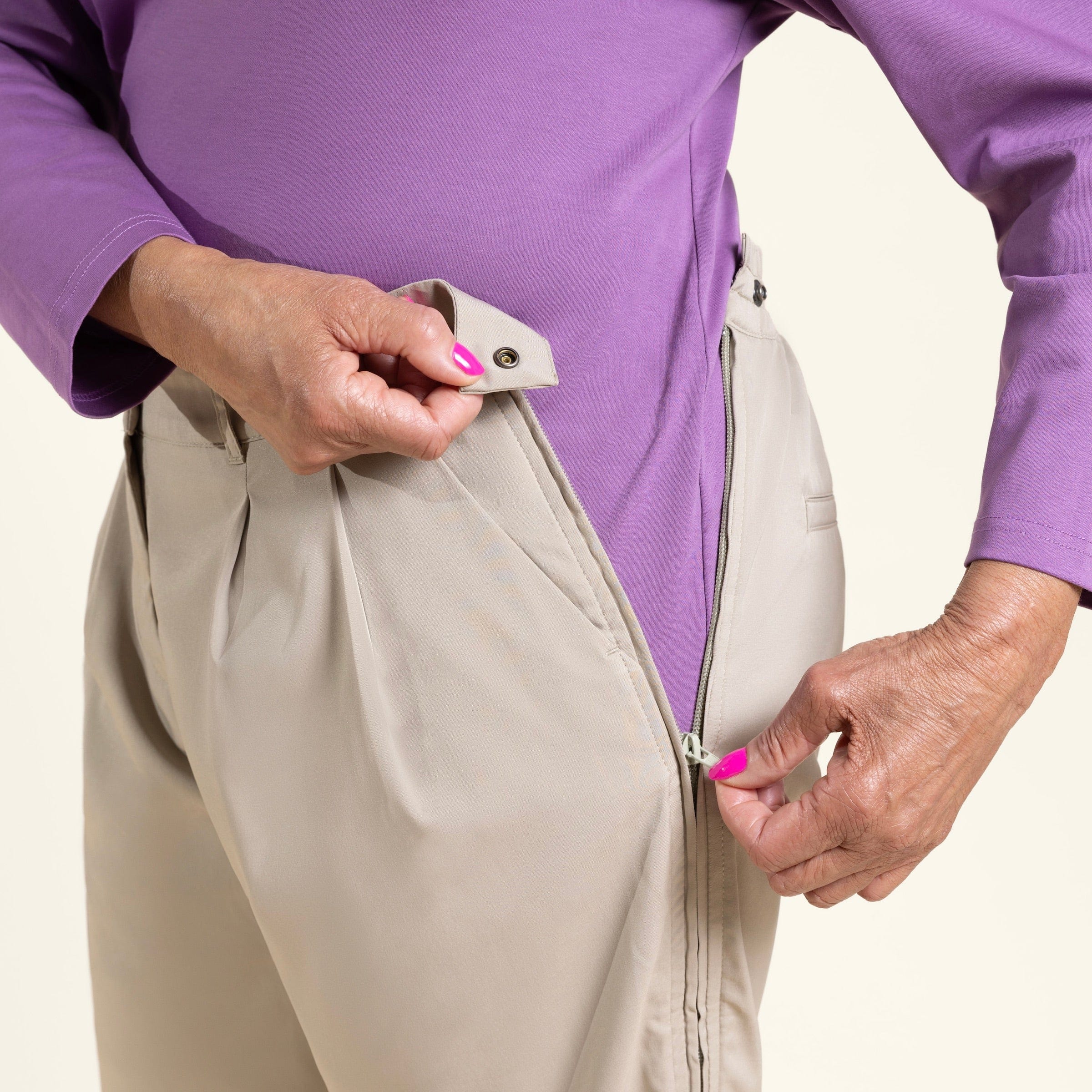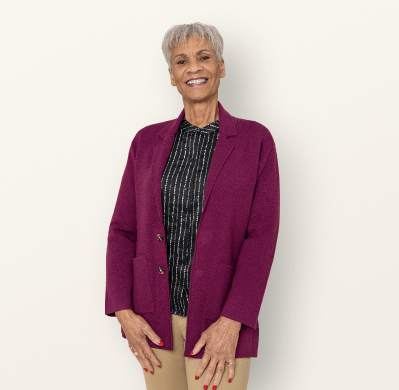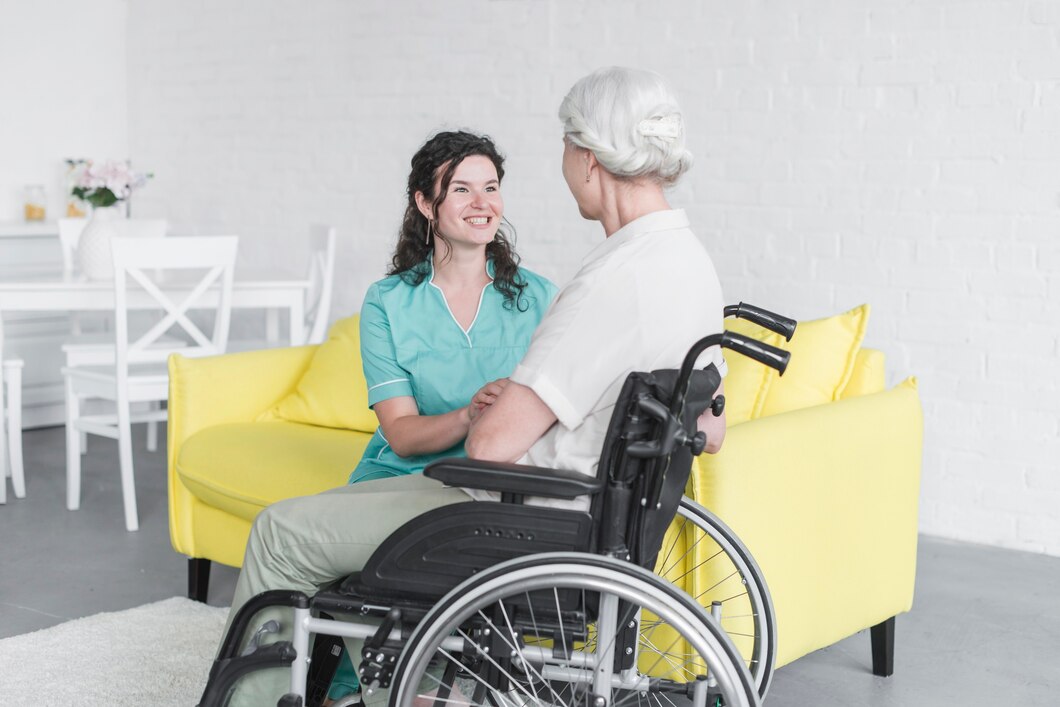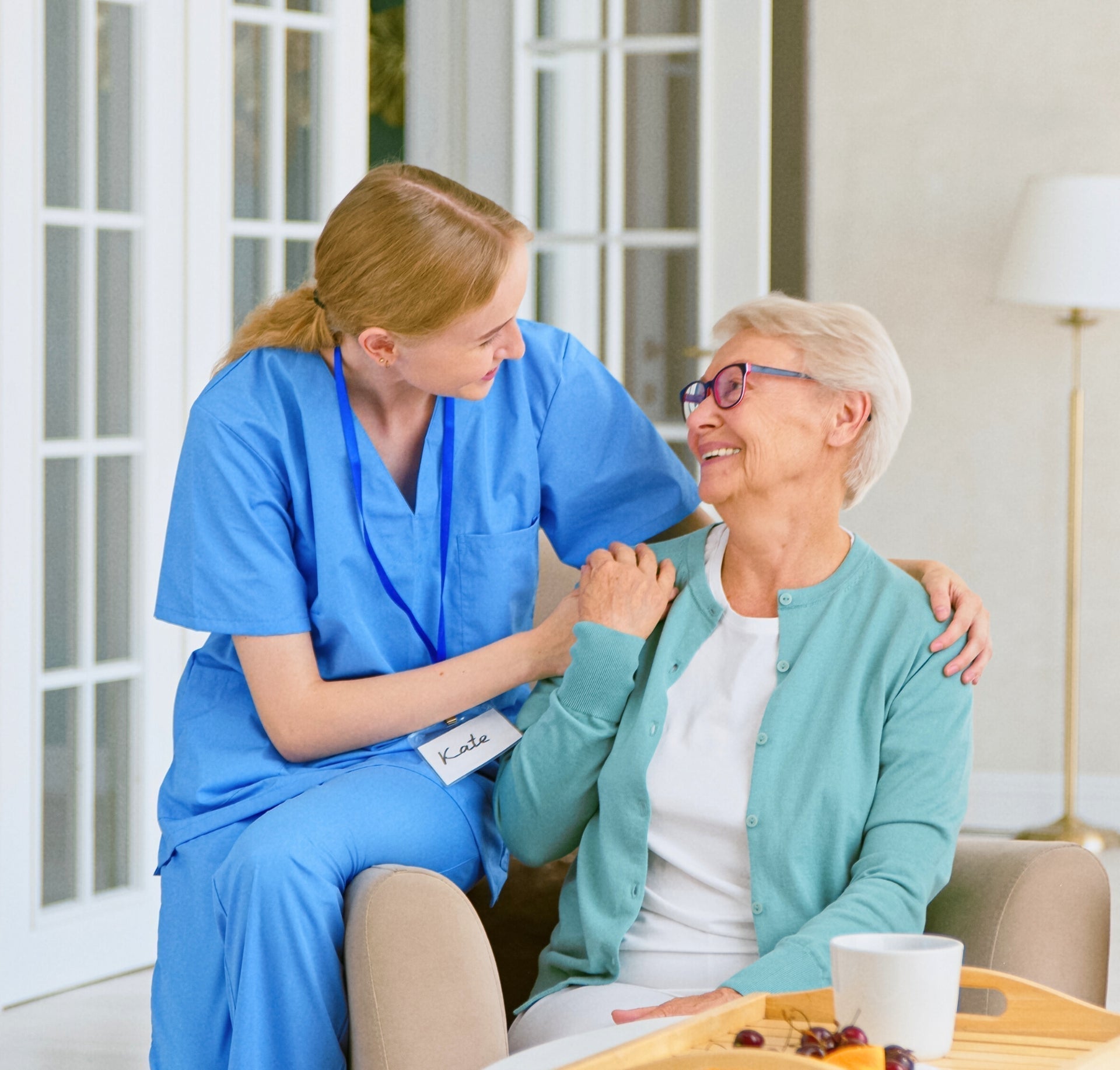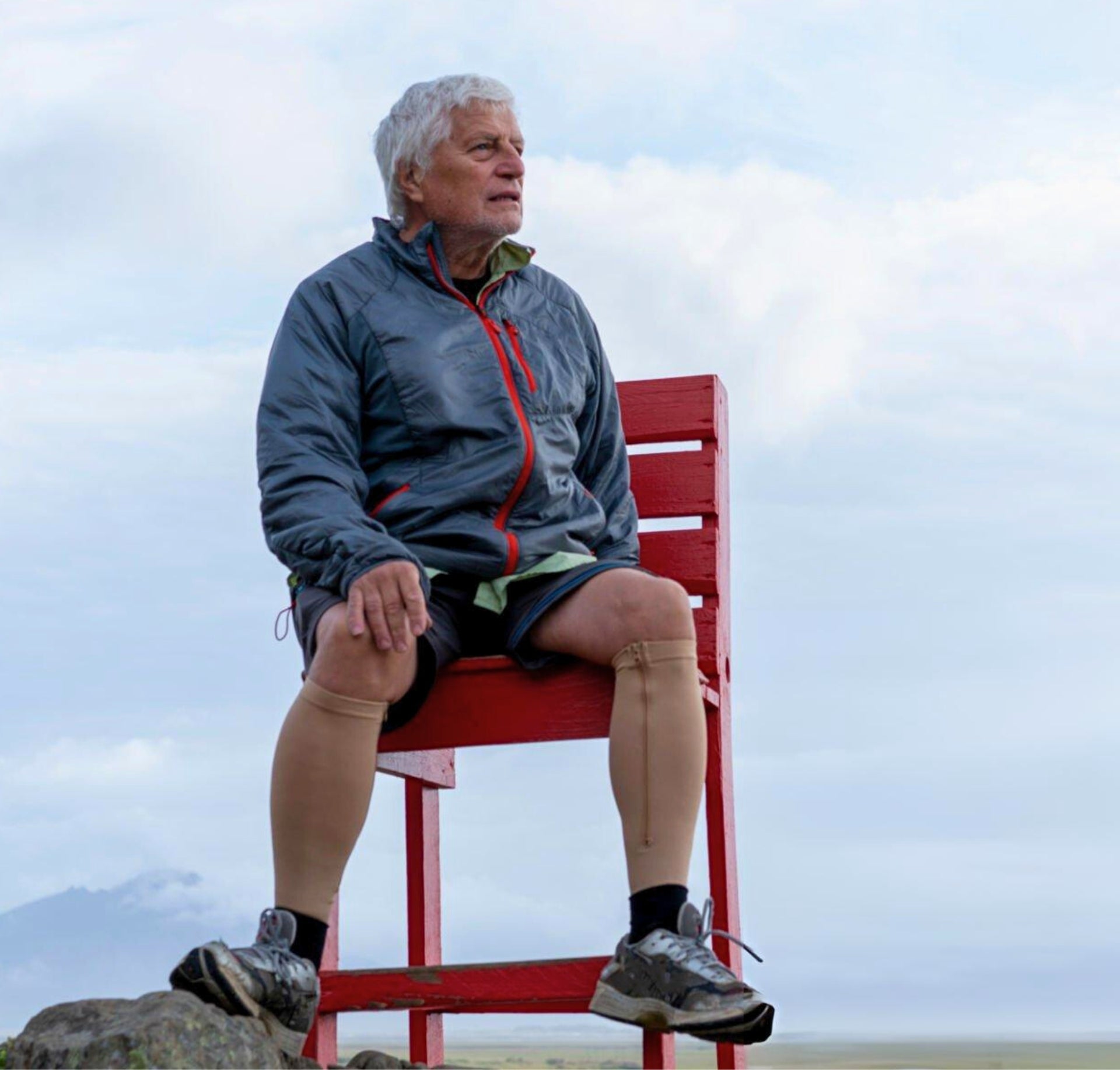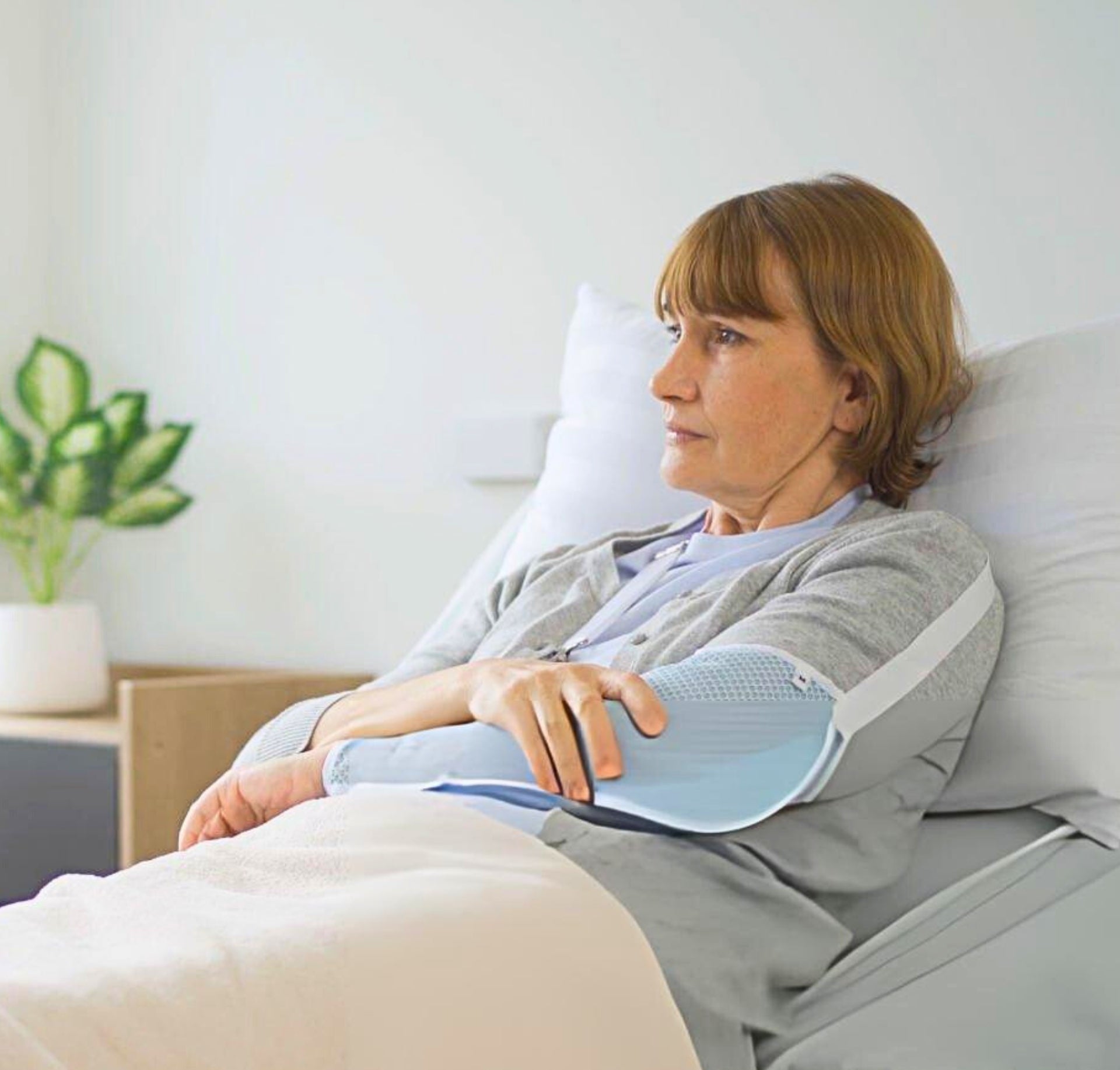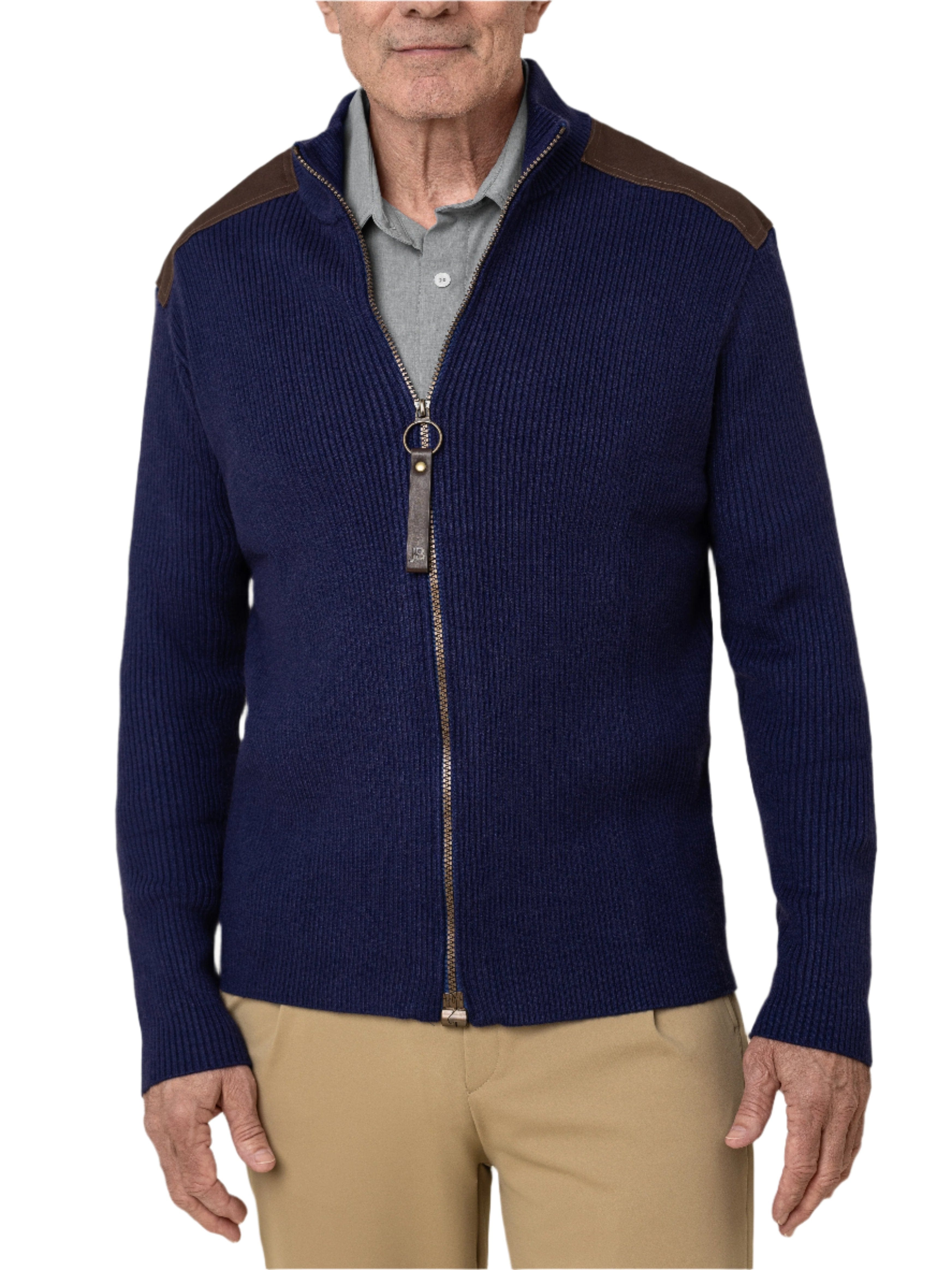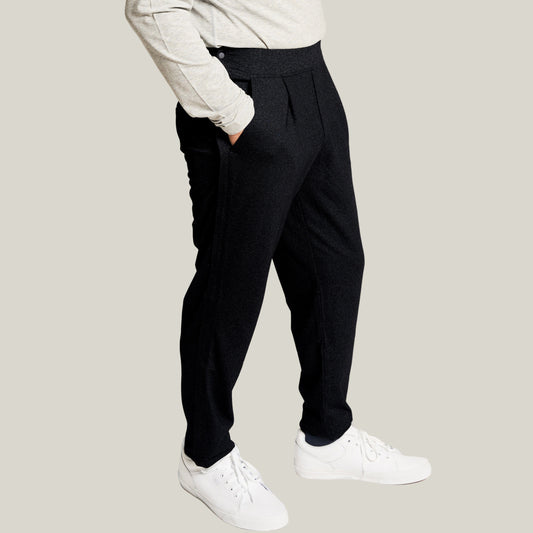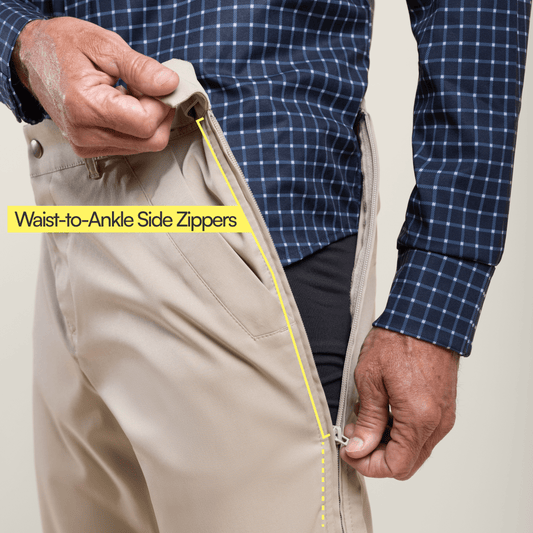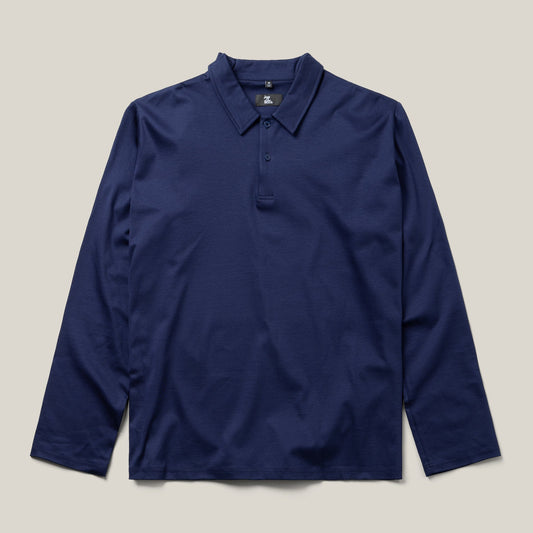Clothing for Disabled Seniors Makes Dressing Easier

As we age, our clothing needs often change due to various factors such as mobility limitations, dexterity issues, and specific health conditions. For disabled seniors, finding clothing that not only accommodates their unique needs but also promotes comfort and style can significantly enhance their quality of life.
In this comprehensive adaptive disability clothing guide, we will explore the obstacles faced by disabled seniors when it comes to clothing and provide practical insights into adaptive clothing options and considerations in order to overcome those obstacles. Whether you are a senior, a family member, or a caregiver, this guide aims to empower you with valuable knowledge to make informed choices.
Remember, even though a disability can impact an aspect of daily living, there are plenty of resources and assistance out there to help ease and reduce any stress and strain associated with it. Disabilities can feel at times like obstacles that are impossible to overcome. They’re not. They’re more like hurdles that you just need to strategize how to hop over. And clothing for disabled seniors is a wonderful boost to get you over the dressing hurdle.
Understanding The Hurdles

Disabled seniors may encounter a range of hurdles when it comes to dressing independently. Factors such as mobility limitations, strength and dexterity issues, visual impairments, or chronic conditions like arthritis, Parkinson's, ALS, or dementia can affect their ability to dress on their own. Recognizing and understanding these challenges is the first step towards finding suitable clothing solutions. For example, if you or your loved one is living with tremors, clothes that have buttons or laces would be particularly difficult to use, or clothes for post surgery that help individuals during post op. And even better than avoiding types of clothes is to lean into and find specific clothing options that are designed to improve dressing for your specific condition.
Clothing For Disabled Seniors: A Comprehensive Guide

Adaptive clothing is specifically designed to address the unique needs of disabled seniors. These garments incorporate innovative features that simplify the dressing process. Let's explore some of these features in more detail:
- Easy Closures: Adaptive clothing often replaces buttons with clothes with zippers or clothing with magnets, or larger openings to assist those with limited dexterity or arthritis. For example, magnetic closures can be particularly helpful for individuals with weak grip strength or poor coordination, allowing them to fasten their clothing easily.
- Assisted Dressing: Certain garments are designed to facilitate dressing with the help of caregivers, making the process smoother and more efficient. Adaptive clothing may include strategically placed openings, Velcro fasteners, or overlapping flaps to simplify assisted dressing.
- Appropriate Fit: Adaptive clothing takes into consideration factors such as comfort, ease of movement, and specific requirements for seniors who use wheelchairs or are bedridden. For instance, adaptive pants with higher seats are designed to prevent them from riding up when seated, ensuring comfort and dignity. Pants should have tapered legs that are wide enough to accommodate leg swelling and ankle braces while being form-fitting enough to not cause a trip or fall.
- Accessible Features: Some adaptive clothing items have built-in openings or zippers to provide easy access to medical devices or incontinence products, ensuring convenience and preserving privacy.
Benefits of Clothing for Disabled Seniors

Adaptive clothing offers a range of benefits for disabled seniors, going beyond practicality and functionality. Let's explore some of these key advantages:
- Enhanced Comfort: Adaptive clothing is specifically designed to prioritize comfort. With features such as soft fabrics, non-restrictive fits, and seamless construction, it minimizes discomfort, irritation, and pressure points. Seniors can experience increased comfort throughout the day, promoting better overall well-being.
- Improved Independence: One of the primary goals of adaptive clothing is to promote independence for disabled seniors. By incorporating innovative closures, such as magnets, velcro, or larger openings, adaptive clothing allows seniors to dress themselves more easily, reducing the need for assistance from others. For special needs such as down syndrome patients and more, this clothing helps improve their sense of confidence and self dressing abilities. This independence fosters a sense of self-reliance and dignity.
- Simplified Dressing: For seniors with limited mobility or dexterity, dressing can be a challenging task. Adaptive clothing simplifies the dressing process by eliminating complex fasteners, intricate buttons, or hard-to-reach zippers. Some garments such as the adaptive pants for men and adaptive pants for women that come with elastic waistbands. We also have slip-on shoes, or front-opening tops that provide ease of use, saving time and effort.
- Confidence & Self-Esteem: Clothing plays a significant role in self-expression and personal identity. Adaptive clothing that combines functionality with style helps seniors feel good about their appearance. Brands like Joe & Bella offer adaptive garments with classic styles, allowing seniors to maintain their sense of fashion and express their unique personality, fostering confidence and self-esteem.
- Reduced Strain & Pain: The thoughtful design of adaptive clothing considers the special needs and challenges of disabled seniors. Garments with reinforced seams, strategically placed openings for medical devices, and ergonomic designs help reduce strain and pain during dressing. By minimizing unnecessary movements or discomfort, adaptive clothing supports seniors in managing their conditions more effectively.
- Time-Saving: Getting dressed can be a time-consuming task, especially for seniors with limited mobility or dexterity. Adaptive clothing streamlines the dressing process, allowing seniors to get ready more efficiently. With features like easy closures and simplified designs, adaptive clothing provides seniors with valuable time for other activities they enjoy.
- Safety & Fall Prevention: Adaptive clothing can contribute to safety by reducing fall risks. Shoes and socks with non-slip soles provide better stability and traction, minimizing the chances of slips and falls. Additionally, adaptive pants designed for wheelchair users or those with mobility challenges offer a proper fit, reducing the risk of tripping or entanglement.
By incorporating these benefits, adaptive clothing not only meets the specific needs of disabled seniors but also positively impacts their overall quality of life. It promotes comfort, independence, confidence, and safety, allowing seniors to maintain their personal style and dignity while ensuring ease in daily activities.
Choosing the Right Fabrics for Clothing for Disabled Seniors

Fabric choices play a crucial role in the comfort and overall well-being of disabled seniors. Consider the following factors when selecting fabrics for clothing for disabled seniors:
- Breathability & Stretch: Opt for fabrics that allow for proper ventilation and offer stretch, providing freedom of movement and accommodating temperature fluctuations. Fabrics with moisture-wicking properties (also look out for fabric that is antibacterial) can also help manage perspiration and maintain comfort.
- Softness & Sensitivity: Look for fabrics that are gentle on the skin, minimizing irritation and discomfort. Fabrics with smooth textures, such as bamboo or modal blends, can be particularly soothing for sensitive skin. Clothing that reduces the number of seams will also reduce potential irritation on sensitive skin.
- Durability: Ensure that the chosen fabrics can withstand frequent washing, especially in situations where seniors reside in senior-living communities or healthcare facilities using commercial washers and dryers. Look for fabrics that maintain their quality and shape even after multiple washes.
Promoting Safety & Independence

The primary goal of clothing for disabled seniors is to enhance safety and independence. Consider the following aspects:
- Individual Considerations: While adaptive clothing generally improves safety, it is important to consult with a healthcare professional if you have specific concerns or if the use of certain features, such as magnets, may not be suitable for your situation. It's crucial to prioritize the individual's unique needs and abilities.
- Fall Prevention: Some adaptive clothing options, such as shoes and adaptive socks with grips on their soles, can help reduce the risk of falls by providing better stability and support. Look for non-slip soles and footwear that is easy to put on and take off.
- Simplified Dressing for Dementia: Adaptive clothing for seniors with dementia with simple designs and minimal fasteners can make dressing easier and reduce potential challenges. Consider garments with elastic waistbands or front-opening tops that eliminate the need for complicated buttons or zippers. Those living with dementia might eventually need caregiver help to dress, even if they can dress independently in the earlier stages.
- Incontinence Management: Adaptive clothing can also address the challenges of incontinence. Garments specifically designed with discreet and accessible features for managing incontinence, such as discreetly placed zippers or velcro closures, can provide convenience and maintain dignity for seniors dealing with this condition. Look for moisture-wicking and odor-resistant fabrics that prioritize comfort and hygiene. Some products, including CareZips® by Joe & Bella incorporate all these features and benefits.
- Universal Design: Embracing the principles of universal design, adaptive clothing can benefit individuals of all abilities and ages. By incorporating features like adjustable closures, easy-to-reach buttons, and wider leg openings, adaptive clothing promotes inclusivity and accommodates a wide range of body types and mobility levels. This ensures that everyone, regardless of their physical or cognitive abilities, can experience comfort, convenience, and independence through clothing choices.
- Enhancing Caregiver Assistance: Adaptive clothing also assists caregivers in providing effective and efficient care. With features such as open-back designs or strategically placed access points, dressing and changing seniors becomes easier and less time-consuming for caregivers. This streamlines the caregiving process and enhances the overall well-being of both the caregiver and the individual receiving care.
Finding Suitable Clothing for Disabled Seniors

There are a variety of resources and organizations dedicated to clothing solutions for disabled seniors. One such brand is Joe & Bella, which offers adaptive clothing that combines classic styles with modern fabrics, fit, and innovative closures. Their range of adaptive pants and tops caters specifically to the needs of disabled seniors, providing both functionality and fashion. By exploring such brands and their product offerings, you can find clothing options that resonate with your personal style and needs. You can also look at reviews and demos of products from a range of sites that provide resources for seniors and caregivers.
Clothes for disabled seniors goes beyond functionality; they can enhance comfort, promote independence, and boost self-confidence. By understanding the unique challenges faced by disabled seniors, exploring adaptive clothing options, and considering factors like style, comfort, and safety, you can make informed choices that cater to the specific needs of your loved ones or those under your care. Remember, every individual is unique, so find the clothing solutions that best suit their requirements, and empower them to embrace their personal style while maintaining comfort and dignity.






